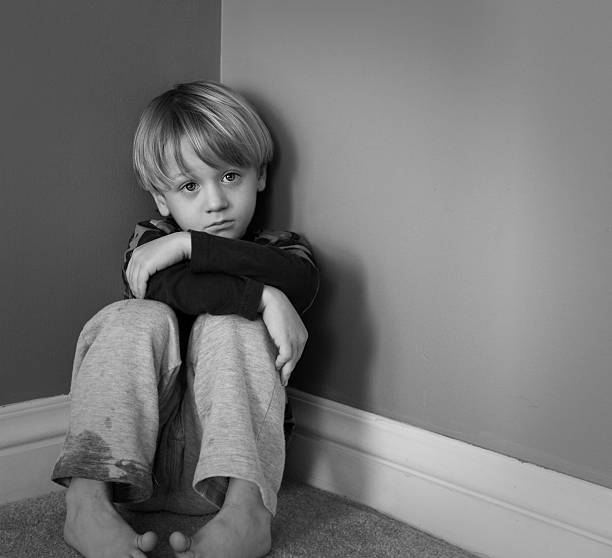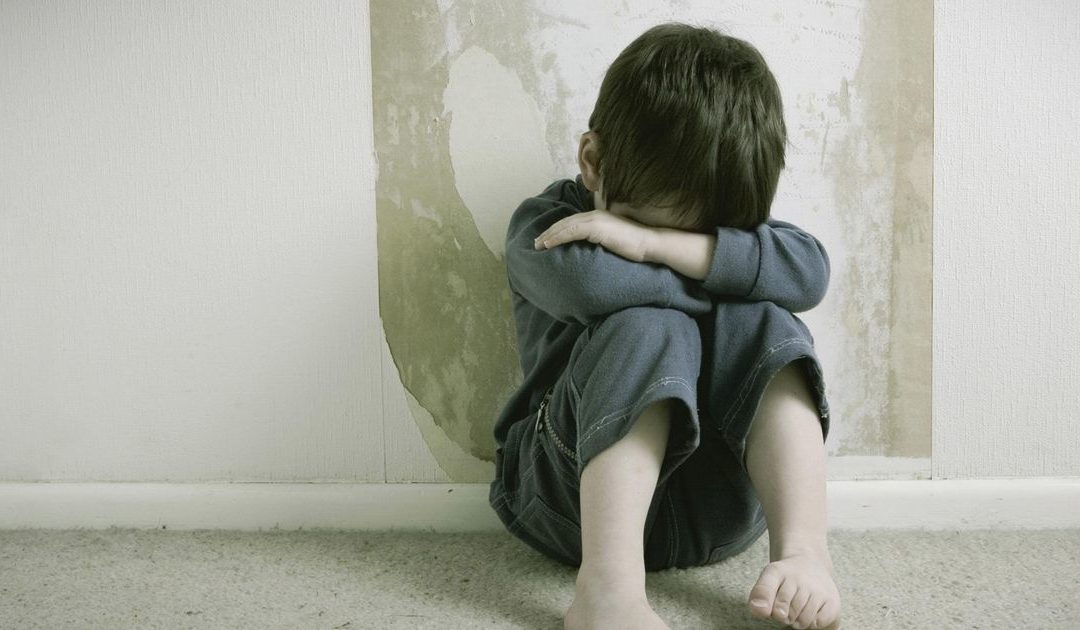Steven, the VP operations of a media company, was asked to present on the organization’s digital transformation program to its top 100 executives during an annual strategy retreat. As public presentations had never been his forte, Steven spent an extraordinary amount of time preparing for the event. But despite these preparations, he blanked out when it was his turn to speak. His presentation was so bumbling and confused that Steven couldn’t bear to go into work the next day…or the next one after that. The complex set of emotions that Steven was feeling have a simple name: shame.

Given the way we react to shame, it shouldn’t come as a surprise that the roots of the word derive from an older Proto-Indo-European word meaning “to cover.” To feel ashamed brings up associations of wanting to hide our faces behind our hands, desperate desiring to run away, or even hoping the earth will swallow us up. At the heart of feeling ashamed is a feeling that we are exposed — either to others or to ourselves. No other feeling is more disturbing or destructive to the self.
After a major mistake, it’s natural to feel ashamed. And yet calling in sick like Steven did is not the answer. Instead, you need to understand the feeling and find a way to let it go.
Down the Rabbit Hole
People who pathologically feel shame tend to internalize and overpersonalize everything that happens to them. They cannot see things in perspective. When something goes wrong, they say to themselves, “I’m to blame for what happened. It’s entirely my fault.” Not only do they demean themselves, but they also feel helpless, and don’t think that there’s anything they can do to change the situation. The internal critic in their heads continually judges and criticizes them, telling them that they are inadequate, inferior, or worthless.
This can have a profound effect on our psychological well-being. Excessive feelings of shame are at the heart of much psychopathology. It is concealed behind guilt; it lurks behind anger; it can be disguised as despair and depression. As people rarely talk about shame experiences, shame is a difficult emotion to detect, especially as it comes in so many disguises.
Generally speaking, in coping with shame we can observe two general strategies:
attacking the self or attacking others. Initially during a shame experience, hostility is directed inward, toward the self (“I’m worthless,” “I’ve never been any good”). Some people, like Steven, go as far as withdrawing from the real world. But in an attempt to feel better about what is experienced as shameful, some people lash out and blame others, showing reactions of avoidance, defensiveness, and denial. Others try to compensate for feelings of shame or unworthiness by attempting to be exceptionally giving; by pleasing others, they hope to improve their feelings of self-worth. Although these various scripts can temporarily help the person feel less ashamed, ultimately they can make matters worse. Without addressing the source of shame, a self-reinforcing negative feedback loop isenacted, through which shame chisels into the core of who the person is.

The Origins of Shame
Given the pervasiveness of this emotion across ages and cultures, what’s the adaptive purpose of shame? From an evolutionary point of view, we could hypothesize that shame has evolved under conditions where survival depended on people abiding by certain norms. They needed to band together to effectively operate as a group to better deal with the terrifying forces of nature. In Paleolithic times, shame would have been the way to establish a group’s pecking order to create the best way of cooperation. It would be an effective mechanism to establish clear dominance-submission rankings. Interestingly, these derivatives of early animalistic behavior patterns can still be observed today when we tend to take a compliant posture out of shame, when we subject ourselves to the power and judgment of others.
From a psychological developmental point of view, shame can be seen as a complex emotional response that humans acquire during early child rearing, when children are completely dependent on the bond with their caregivers. It is a very basic emotion: Children seek to live up to their parent’s expectations, and failing to do so, experience shame. Toddlers exhibit early feelings of embarrassment that can turn into full-blown shame within their first three years of life.
Shame can ultimately serve a purpose if it means that, for example, a toddler feels ashamed after being scolded for running into traffic. Because toddlers’ brains aren’t sophisticated enough to understand that traffic is dangerous, the feeling of shame is enough to keep them from endangering themselves again. But shame is also a horrible feeling. Children who are continually criticized, severely punished, neglected, abandoned, or in other ways mistreated quickly get the message that they are inadequate, inferior, or unworthy. These shameful experiences damage the roots from which self-esteem grows. Such dysfunctional parenting styles can make children shame-bound. This kind of shame is very difficult to overcome. The formative wounds of childhood — scars from being teased, bullied, or ostracized by parents, peers, and others — can become fixed in our identity.
Dealing with Shame
The more powerful our experience of shame, the more we feel compelled to hide those aspects from others, and even from ourselves. The first step is thus to bring to light whatever is seen as shameful. After all, a wound that’s never exposed will never heal. If the wound is deep enough, you may need to ask a counselor or therapist for help. Being able to discover the origins of shame-like experiences will set the stage of having greater control over your life as you become attuned to what triggers these shame reactions.
A second step is to cultivate self-compassion — to embrace who you are and treat yourself in the same respectful, empathetic way you’d treat others. For example, if one of Steven’s friends or direct reports had bombed their presentation, he would have been supportive. “You tried hard, but you let your nerves get the better of you,” he might have said, or “You’ll get better with more practice. Let’s hire a public speaking coach.” When you’re feeling shame, ask yourself: Would I talk to a friend the way I’m talking to myself right now? This question can help you recognize when a negative thought spiral is getting the upper hand, and can challenge your shame-based thinking.
Engaging in these corrective emotional experiences (as they are known in psychology) can help you improve your sense of self-esteem, increase your feelings of worthiness and belonging, foster greater self-acceptance, and reduce unhealthy reactions to shame, such as withdrawal and counterattack.
Shame is part of the human experience. Keeping your feelings of shame in perspective can relieve you of a harmful tendency to self-blame, and, eventually, make peace with your shadow side. Knowing that you are good enough, worthwhile, and deserving of love and acceptance is essential for building resilience and living your most authentic life.
Source: Harvard Business Review: https://hbr.org/2017/06/dont-let-shame-become-a-self-destructive-spiral







